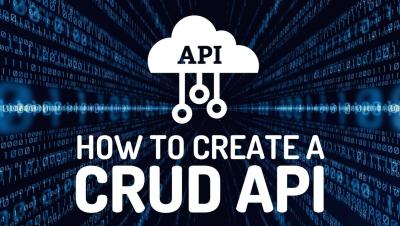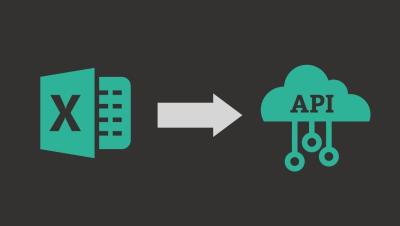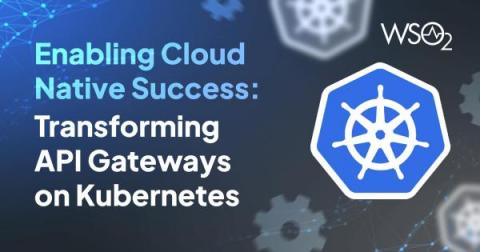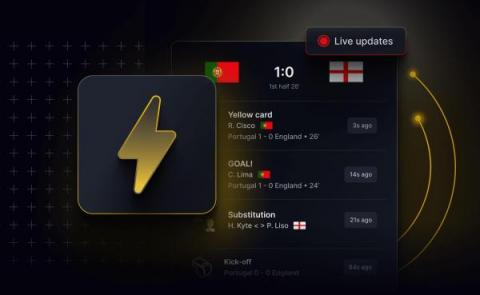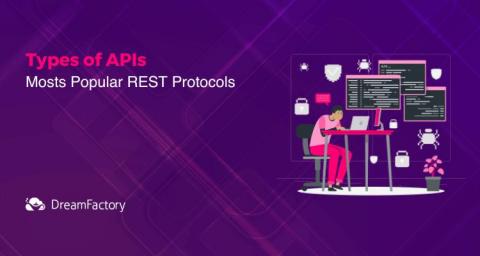Systems | Development | Analytics | API | Testing
%term
From Excel to API in minutes
The Future of API Gateways on Kubernetes
The exponential growth of the Internet and cloud computing has given rise to applications that are smaller, more distributed, and designed for highly dynamic environments capable of rapidly scaling up or down as needed. These applications have pushed the demand for modern API management product architectures that can leverage cloud native capabilities to achieve scalability, resilience, agility, and cost efficiency.
Monetizing APIs: Accelerate Growth and Relieve Strain on Your Engineers
APIs have become increasingly popular in the current SaaS ecosystem due to their ability to seamlessly integrate software systems. APIs provide standardized ways for applications to share data. API monetization is a powerful way for businesses to drive growth and generate revenue from existing API consumer data and usage. By offering your APIs as products or services, your company can tap into new markets, attract more developers, and create self-sustaining ecosystems around your product line.
Why low latency is essential for sports, media, and entertainment companies trying to deliver realtime updates at scale
Latency is a technical term that, even for the people who use it every day, tends to feel abstract. When a metric calls for measurement by the millisecond, it’s easy to forget just how valuable each millisecond is. But if your application promises to deliver realtime updates – especially in the sports, media, and entertainment industries – low latency has to become a high priority and the experience your users have with latency needs to be vivid.
What is Testing in Software? In 30 seconds
How to use enum attributes in Ruby on Rails
Rails' date and time helpers are great. They save us from duplicating simple add-duration-to-time logic across our applications and make the code more readable. However, complex date manipulations are dangerous places full of edge-cases. This article discusses some of them.


